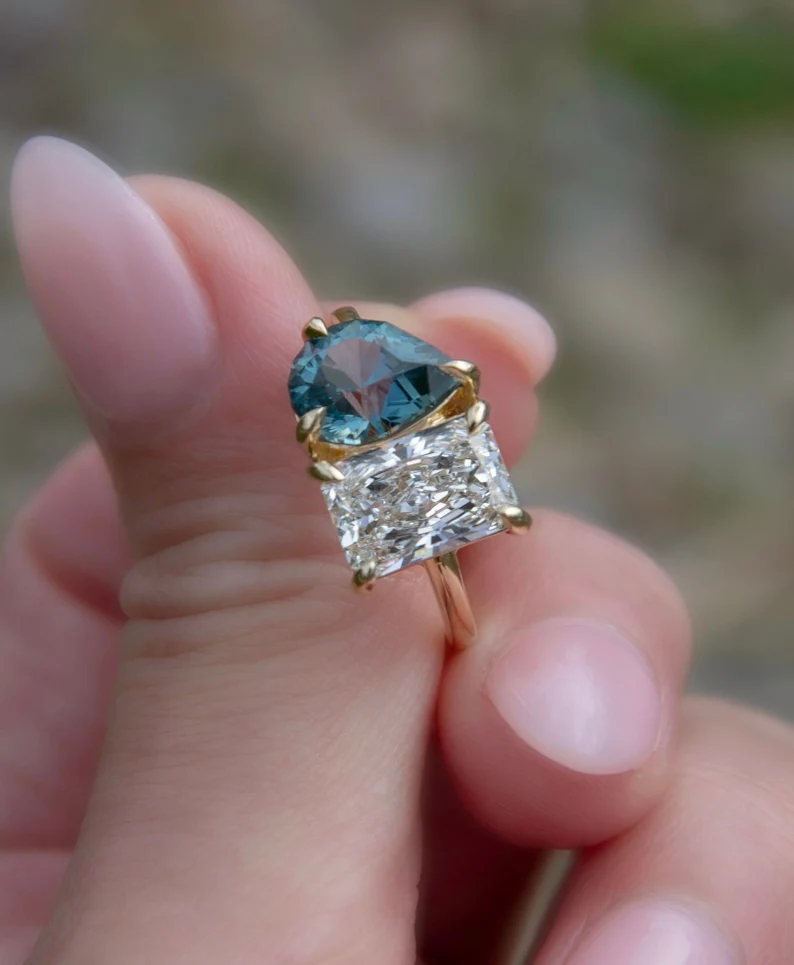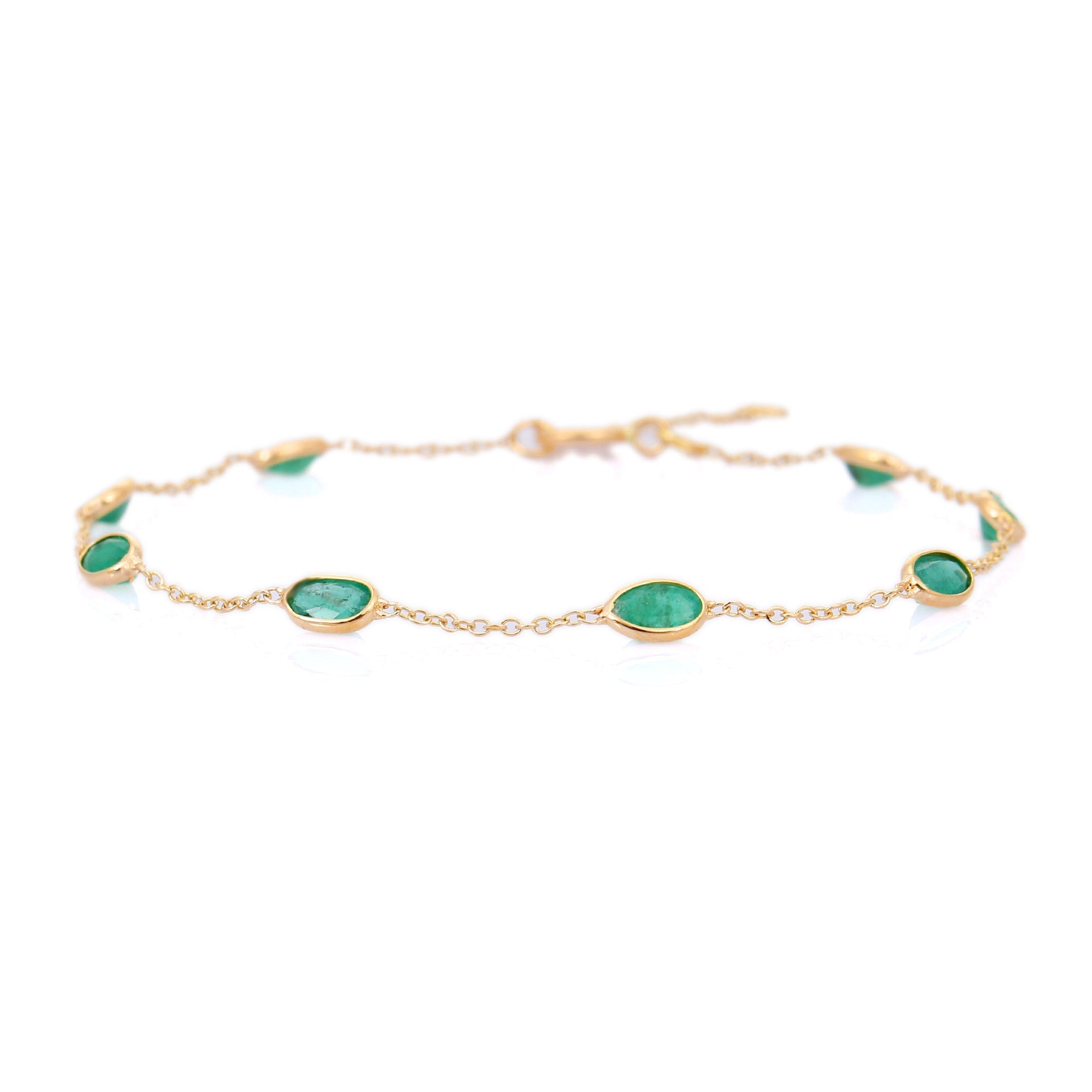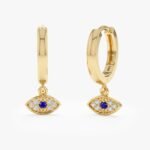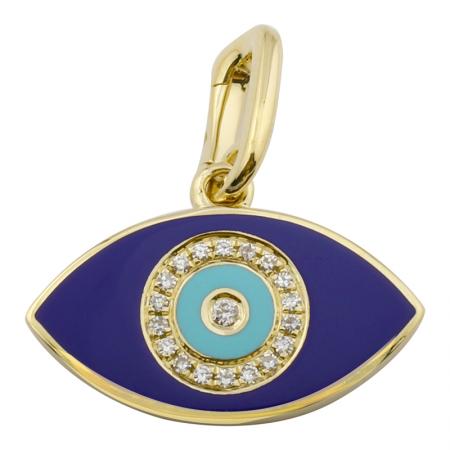Flat Backs vs Butterfly Backs: Which Sleeps Better?

If you wear studs to bed, the earring back you choose matters for comfort, skin health, and jewelry longevity. This guide compares the two most common closures—flat backs (flat discs or comfort backs) and butterfly backs (friction or “scroll” clutches)—and explains which is better for sleeping, why, and when another option may be smarter. I’ll include specific sizes, materials, and practical tips so you can pick the best setup for your sleep style.
What are flat backs and butterfly backs?
Flat backs are low-profile discs attached to the post by a friction fit or screw mechanism. Typical dimensions: 6–10 mm diameter and 0.4–1.0 mm thickness. They lie flat against the skin and spread pressure across a wider area. Jewelers may call them “comfort backs,” “flat disc backs,” or “flat pad backs.”
Butterfly backs (also called scroll or friction backs) are the classic two-winged metal pieces that pinch the post. Typical size: 4–8 mm overall width with a small central aperture that grips the post. They’re compact and very common with small studs.
How sleeping affects earrings
When you sleep, pressure and rubbing push your earring into skin or cartilage. Two factors matter: how much pressure is concentrated at the contact point, and whether the back shifts or rotates. Concentrated pressure causes soreness, red marks, indentation, and in extreme cases pressure necrosis or keloid formation. Movement can create friction, which leads to irritation or infection, especially with new piercings.
Which sleeps better: flat backs or butterfly backs?
Flat backs generally sleep better for most people. Here’s why:
- Pressure distribution: A 7 mm flat disc spreads force over a larger surface than a small butterfly back. Less concentrated pressure means fewer sore spots when you lie on the earring.
- Lower profile: Flat backs are closer to the ear surface. A 0.6 mm-thick disc sits flatter than the layered wings of a butterfly back, reducing bulk between your ear and the pillow.
- Less rotation: Flat discs resist twisting that can pull the post and cause micro-trauma while you toss and turn.
That said, there are situations where a butterfly back may be preferable. If your lobe is very small, a flat disc can feel bulky or clamp awkwardly and catch on fabric. Also, some small, delicate studs look proportionally better with a discreet butterfly back.
Sleep styles and recommended choices
- Side sleepers: Choose a flat back with a low profile—ideally 6–8 mm diameter and 0.5–0.8 mm thick. Look for rounded or beveled edges so the disc won’t dig in.
- Back sleepers: Both types work. Butterfly backs are less likely to press into the skull, but flat backs still reduce rotation and are comfortable if you move a lot.
- Stomach sleepers: Flat backs are best. Small pressure points from butterfly backs can cause soreness because your ear is pressed hard against the mattress or pillow.
- Cartilage piercings: Use a flat or screw-back specifically sized for cartilage—shorter posts (6–8 mm) and low-profile discs minimize torque and pressure, helping prevent hypertrophic scarring.
Materials and allergies—why they matter for sleeping comfort
Metal choice affects skin reaction and heating (metal conducts heat from your pillow). For comfort and safety while sleeping, prefer:
- Implant-grade titanium (grades 1–4): Hypoallergenic and lightweight. Good for sensitive skin and long-term wear while sleeping.
- Surgical stainless steel (316L or 316LVM): Common, durable, and affordable. Some nickel-sensitive people may react.
- Solid 14k or 18k gold: 14k is ~58.3% gold, 18k is ~75% gold. Solid gold is comfortable but softer—backs can deform. Avoid gold-plated bases if you sleep with them regularly; plating wears off and exposes underlying alloys that cause reactions.
- Niobium and niobium-anodized: Hypoallergenic and low-weight alternatives.
Practical specs and examples
- Typical ear post gauges: 20 ga = 0.81 mm, 18 ga = 1.02 mm. Make sure the back’s hole fits your post snugly. A loose fit rotates more and causes friction.
- Flat-back example: 7 mm disc, 0.6 mm thick, rounded edge. Feels almost flush against the ear and distributes pressure.
- Butterfly-back example: 5 mm wings with a central 1.0 mm-thick grip. Slim but concentrates force at the small seating area.
Alternatives and add-ons for better sleep
- Screw backs: If you worry about losing studs at night, screw backs (threaded posts) provide security. Low-profile screw discs exist that are sleep-friendly.
- Silicone comfort discs: Small clear discs slide onto the post behind a butterfly back to cushion. They reduce digging but can trap moisture—clean them regularly.
- Flat silicone backs: Soft, flexible discs—good short-term solution for sensitivity. Not ideal for pierced cartilage long-term because of moisture risk under the disc.
- Pillow hacks: Use a silk pillowcase to reduce friction, or wear a soft headband over the ear to hold studs in place for side sleepers.
When to remove earrings for sleep
If your piercing is fresh (healed less than 6–12 months for lobes, longer for cartilage) follow your piercer’s advice—often you shouldn’t remove jewelry at night until fully healed. For healed lobe piercings, many people sleep with studs. Remove jewelry at night if you experience:
- Persistent soreness, swelling, or drainage.
- A red indentation that grows—this can signal pressure damage.
- An allergic reaction (itching, chronic redness).
Bottom line and quick recommendations
For sleeping comfort, flat backs are usually the better choice. They spread pressure, stay lower-profile against the pillow, and reduce rotation. Choose a 6–8 mm disc in a hypoallergenic metal with rounded edges. Use screw or threaded options if you need security. If your ears are very small or you dislike the feel of a disc, a slim butterfly back plus a silicone cushion can work—just keep them clean.
Finally, match post gauge and back aperture snugly, avoid low-quality plated metals that can cause reactions, and replace backs that deform. Small changes—back diameter, thickness, and material—make a big difference in how well you sleep with earrings.




